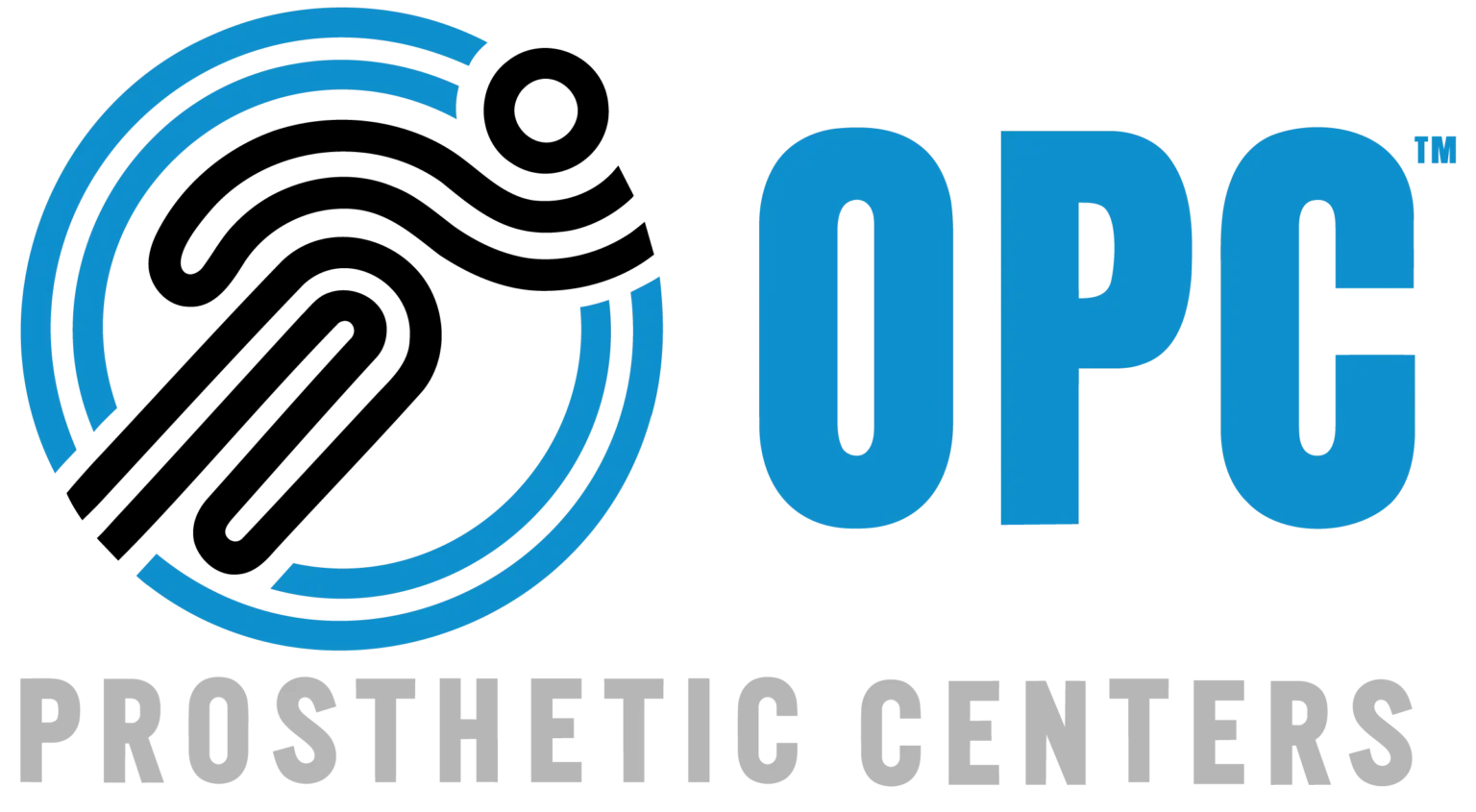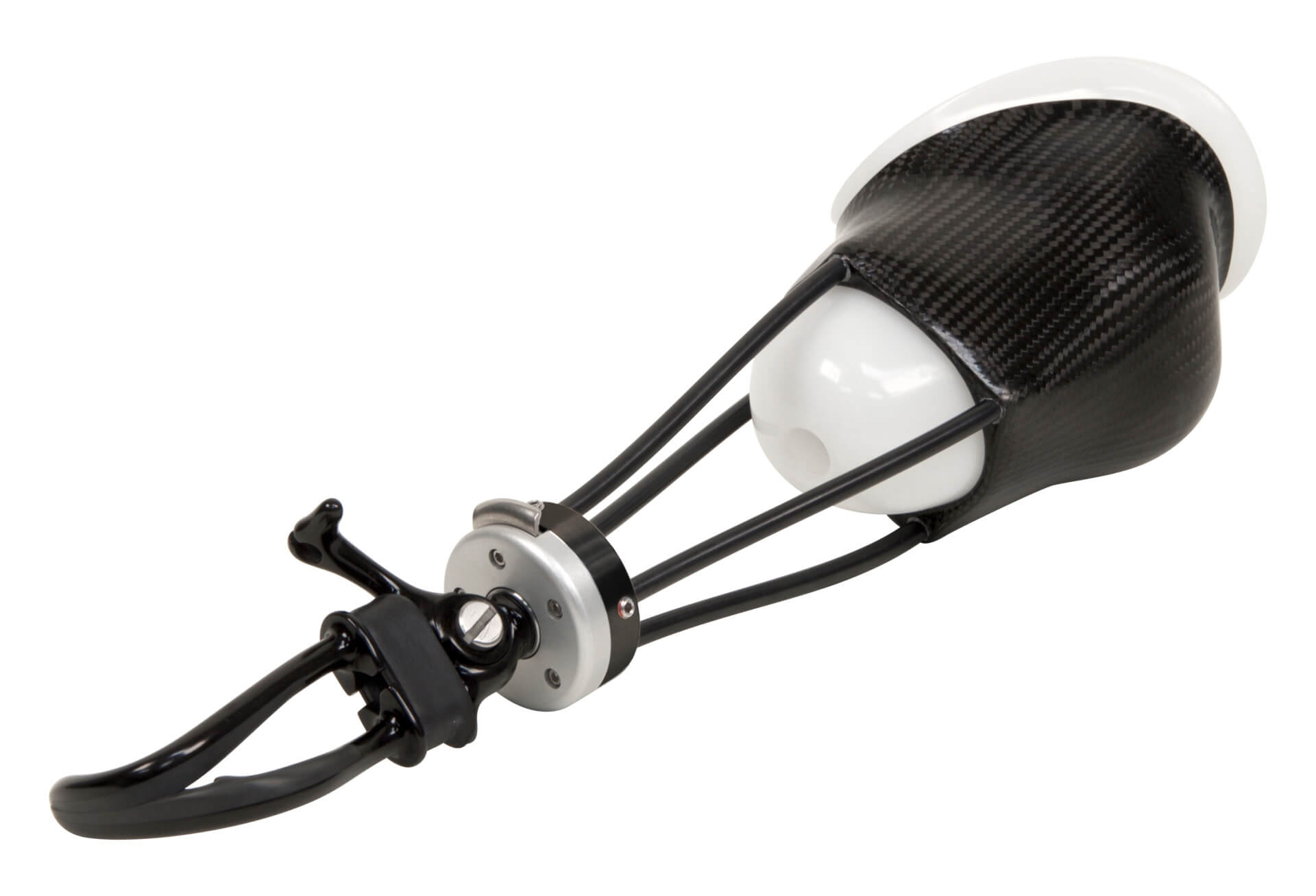In the evolving world of prosthetic technology, transradial prostheses represent a significant innovation designed to improve the lives of individuals who have experienced limb loss below the elbow. Understanding what a transradial prosthesis is, how it works, and the options available is essential for anyone looking to explore or understand this remarkable field.
Definition and Overview
A transradial prosthesis is a type of artificial limb that replaces an arm that has been amputated below the elbow, specifically below the radius bone, hence the term “transradial.” The prosthesis typically includes a socket that fits over the residual limb, a forearm section, and a terminal device, such as a hand or hook, that performs the functional tasks.
This type of prosthesis is designed not only to restore appearance but also to bring back functionality, enabling the user to perform everyday tasks that require the use of hands and arms, from holding objects to more intricate actions like typing or cooking. The ultimate goal of a transradial prosthesis is to provide a seamless integration of the artificial limb into the user’s daily life, enhancing their independence and quality of life.
Components of a Transradial Prosthesis
A transradial prosthesis consists of several key components that work together to mimic the function and appearance of a natural limb:
- Socket: The socket is the most critical part of the prosthesis as it interfaces directly with the residual limb. Custom-made to fit the unique contours of the amputee’s limb, the socket must be comfortable, provide a secure fit, and distribute pressure evenly to prevent skin irritation and discomfort.
- Suspension System: This system is used to hold the prosthesis securely in place. Depending on the design, suspension can be achieved through suction, a harness, or a pin-locking system. A well-designed suspension system ensures that the prosthesis remains attached during all types of activities, from casual movements to more vigorous actions.
- Forearm and Wrist Units: These parts of the prosthesis can either be fixed or moveable, depending on the level of functionality desired. In some cases, the forearm and wrist may be articulated, allowing for rotation and angulation, which can be crucial for performing tasks that require wrist mobility.
- Terminal Device: The terminal device is the part of the prosthesis that performs the functional tasks. It can be in the form of a hand, a hook, or a specialized tool, depending on the user’s needs. Modern terminal devices can be very advanced, with options that include multi-grip hands, myoelectric hands, and task-specific devices designed for activities like sports or work.
- Control Mechanism: The prosthesis can be controlled in several ways, depending on the design. Body-powered prostheses use cables and harnesses connected to the user’s remaining muscles to control movement. In contrast, myoelectric prostheses use sensors to detect electrical activity in the user’s muscles to drive the terminal device.
Types of Transradial Prostheses
There are various types of transradial prostheses available, each suited to different needs and preferences:
- Body-Powered Prostheses: These are the most traditional and durable types of transradial prostheses. They rely on a system of cables and harnesses that are manipulated by the user’s residual limb and shoulder movements. Body-powered prostheses are known for their simplicity, reliability, and affordability, making them a popular choice, particularly in situations where ruggedness and durability are paramount.
- Myoelectric Prostheses: Myoelectric prostheses represent a more advanced option. They utilize electrical signals generated by the user’s muscles to control the prosthesis. Sensors placed on the skin detect these signals, which are then amplified to power small motors that control the movements of the hand and wrist. Myoelectric prostheses provide a more natural range of motion and are often preferred for their cosmetic appearance and improved functionality. However, they are more expensive and require regular maintenance.
- Hybrid Prostheses: Hybrid prostheses combine elements of both body-powered and myoelectric systems. Typically, they offer a body-powered elbow or wrist combined with a myoelectric hand. This combination allows the user to benefit from the strengths of both systems, offering a balance between functionality, durability, and cost.
- Passive Prostheses: These prostheses do not offer active movement but are designed to look like a natural limb. Passive prostheses are typically used for cosmetic purposes or to stabilize objects with the affected limb. They are often chosen by users who prioritize appearance over functionality or who do not need an active prosthesis.
The Process of Getting a Transradial Prosthesis
Obtaining a transradial prosthesis involves several steps, beginning with a consultation with a prosthetist—a healthcare professional specialized in the design and fitting of prosthetic limbs.
- Initial Consultation: The first step is to meet with a prosthetist to discuss the individual’s needs, lifestyle, and goals. The prosthetist will evaluate the residual limb, discuss the different prosthesis options, and help determine the best type for the user.
- Casting and Measurement: Once a decision has been made, the prosthetist will take detailed measurements and create a cast of the residual limb. This step is crucial as it ensures that the socket will fit perfectly.
- Fitting and Adjustment: After the prosthesis is manufactured, the fitting process begins. The user will try on the prosthesis, and the prosthetist will make any necessary adjustments to ensure comfort and proper function. This step may involve several visits to fine-tune the fit and performance.
- Training: Learning to use a transradial prosthesis can take time. Occupational therapy is often recommended to help the user become proficient in using their new limb. Training focuses on both basic and advanced tasks, helping the user to integrate the prosthesis into their daily life seamlessly.
- Ongoing Care: A prosthesis is a significant investment in time, effort, and resources, and it requires regular maintenance and occasional adjustments. Regular follow-up visits with the prosthetist are essential to ensure that the prosthesis continues to fit well and function properly.
The Future of Transradial Prostheses
The field of prosthetics is rapidly advancing, with new technologies continually being developed. Innovations in materials science, robotics, and neurotechnology are pushing the boundaries of what transradial prostheses can do. For example, research into neural control, where prostheses are directly connected to the user’s nervous system, is ongoing and holds the potential to create even more intuitive and responsive artificial limbs.
Moreover, the development of lightweight, durable materials and improvements in battery technology for myoelectric prostheses are making them more practical and user-friendly. The future may see transradial prostheses that are almost indistinguishable from natural limbs in both appearance and function.
Conclusion
A transradial prosthesis is much more than just a replacement limb; it is a tool that can restore independence and improve quality of life for those who have lost an arm below the elbow. With various types available and continual advancements in technology, individuals requiring a transradial prosthesis have more options and opportunities than ever before. Whether through a simple body-powered system or a sophisticated myoelectric device, the right prosthesis can make a significant difference, helping users to lead active, fulfilling lives.



